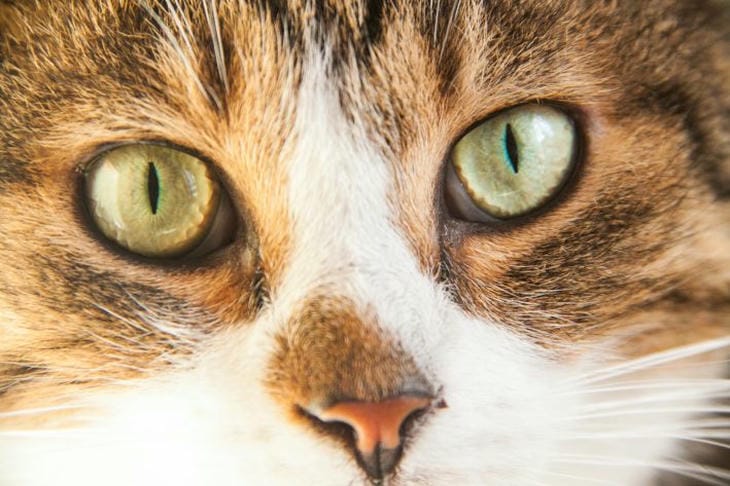Sudden changes in a pet's behavior can cause anxiety in any owner.
When an affectionate cat suddenly begins to avoid communication and keep its distance, the reasons for this behavior can be rooted in a variety of factors.
Stress and anxiety
Cats are very sensitive to changes in their environment. Moving, the arrival of new family members, renovations or loud noises can cause a lot of stress for your pet.
The animal begins to seek solitude, considering this behavior a way to protect itself from irritating factors.
Negative experience
An accidental step on the tail, sudden movements or a loud cry can be remembered for a long time by a timid animal. The cat can associate unpleasant sensations with the presence of a person and begin to avoid contact. Restoring trust in such cases requires special patience.

Territorial changes
The appearance of new animals in the neighborhood or in the house can significantly affect the behavior of your pet. Cats are territorial animals, and any changes in their usual environment can make them anxious and want to leave.
Age-related features
As an animal ages, its personality may change. Older cats often become less active and more withdrawn.
Young pets, on the contrary, can show independence and need less constant human attention.
Disruption of the usual routine
Sudden changes in the owner's daily routine can upset the pet. Cats get used to a certain regime of feeding, playing and resting.
Violation of this order can cause stress in the animal and a desire to avoid communication.
Attention deficit
Lack of communication or play can lead to a cooling of the relationship between the pet and the owner. Cats need regular interaction, and its absence can cause them to become alienated and lose interest in humans.








